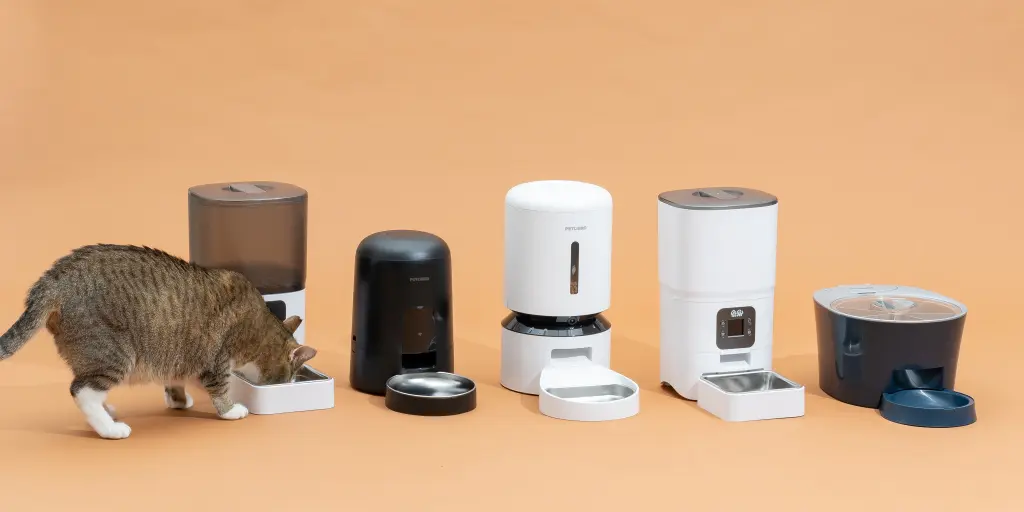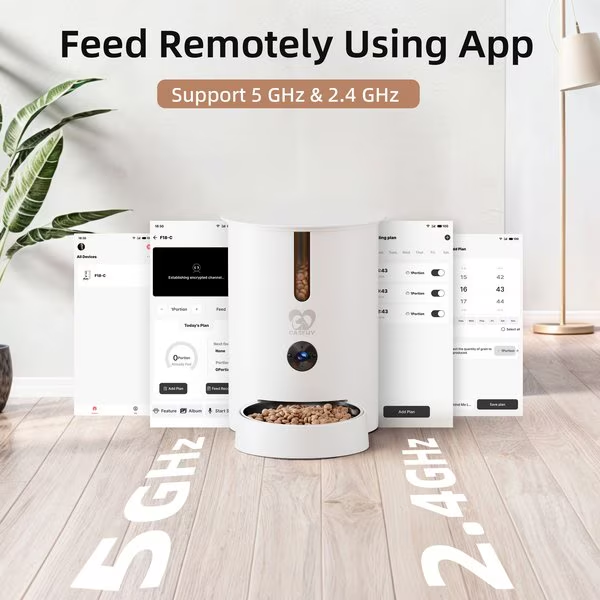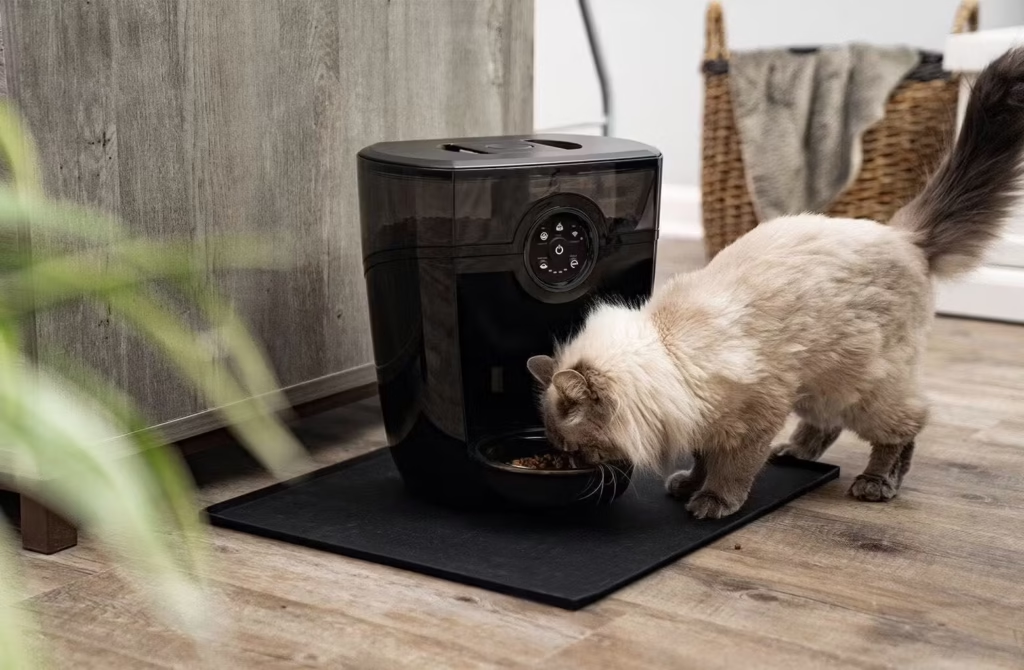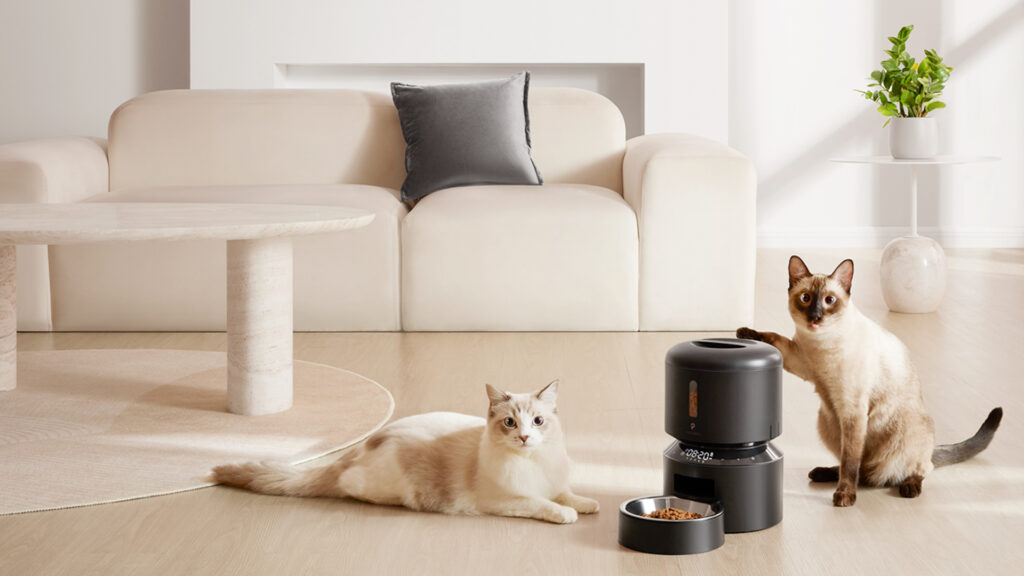Dry vs Wet Food Automatic Feeders: Choosing the Best for Your Cat
When it comes to Dry vs. Wet Food Automatic Feeders, choosing the best option for your cat means balancing convenience, nutrition, and freshness. In this guide, we’ll explore how each food type performs in automated systems—and help you make a decision that keeps your feline friend happy and healthy.
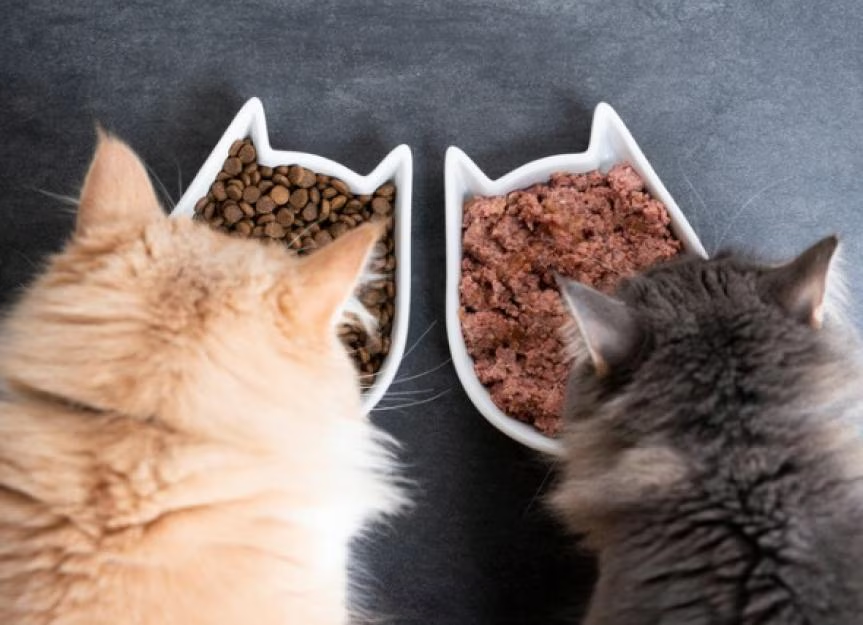
Automatic feeders have revolutionized pet care, offering scheduled meals and reducing mealtime stress. But when feeding your cat, one key question arises: Dry vs. Wet Food Automatic Feeders—which works best? This post breaks down the benefits and drawbacks of each food type, how they perform in different feeder styles, and practical advice to help you make an informed choice.
Understanding Dry vs Wet Food

Contains ~10–20% moisture
Practical for portioning and long shelf life
Supports dental scraping—though benefits may be limited
Wet Food
Has 65–90% moisture
Helps hydrate cats and is often more palatable
Requires refrigeration after opening
Feeder Compatibility
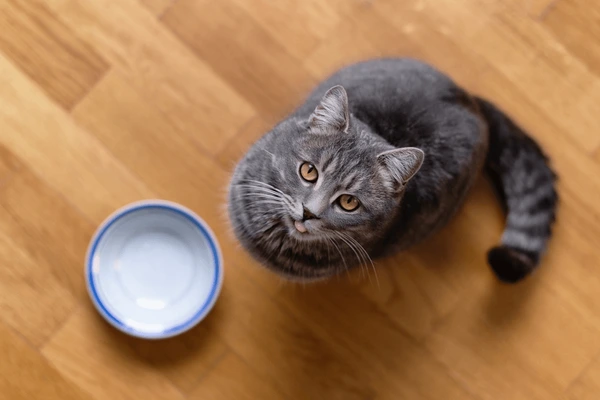
Dry Food & Automatic Feeders
Ideal for most feeders—kibble flows well through dispensers
Risk of overeating if free-floating; portioned feeders help
Wet Food & Automatic Feeders
Less common, but possible with proper cooling
Petlibro Polar offers refrigerated trays for up to 3 days
Others use ice packs or thermoelectric cooling
Pros & Cons Breakdown
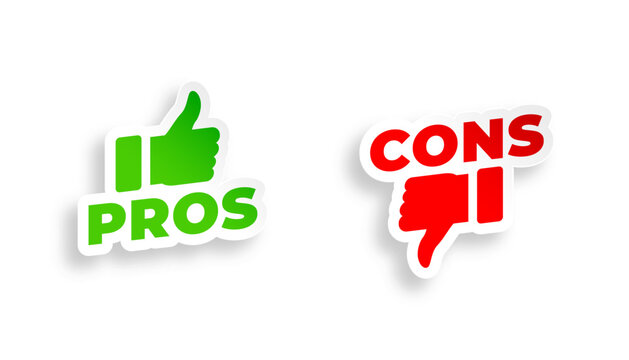
Dry Food
Pros:
Convenient, storable, less expensive
Excellent for automatic scheduling
Cons:
Low moisture leads to dehydration
High carbs; may encourage overeating
Wet Food
Pros:
High moisture supports hydration
Often tastier and more protein-rich
Cons:
Spoils quickly; needs rapid refrigeration
Pricier and tricky for free-feeding
Health Implications
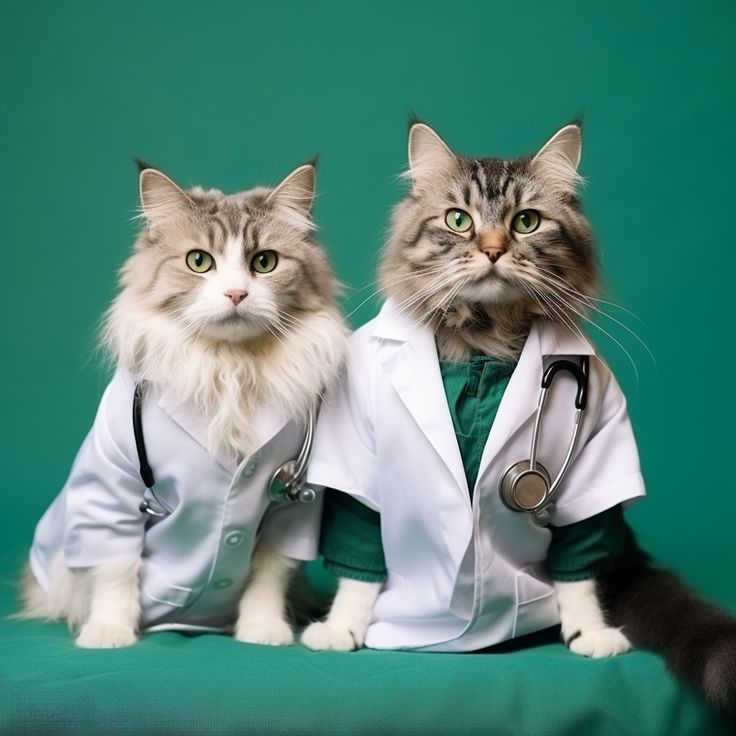
Wet food helps reduce urinary/renal issues by promoting hydration
Dry food needs portion control to prevent obesity
Mixed diets often recommended for balanced health
Feeder Types and Food Compatibility
Dry-Only Feeders
Perfect for reliable, scheduled kibble meals with low maintenance.
Wet-Compatible Feeders
Ice-pack models keep food cold for ~6–10 hours
Refrigerated designs (e.g., Petlibro Polar) maintain freshness for days
Note: Wet feeders need frequent cleaning to avoid bacterial buildup.
Choosing Based on Your Cat’s Needs
Use wet food for hydration, picky eaters, and senior/kidney cats.
Opt for dry food with precise feeders for weight control and consistency.
Combine both: dry for scheduled feeding, wet as a manual treat or topper. Vet-approved ratio advised
Practical Tips for Automatic Feeding
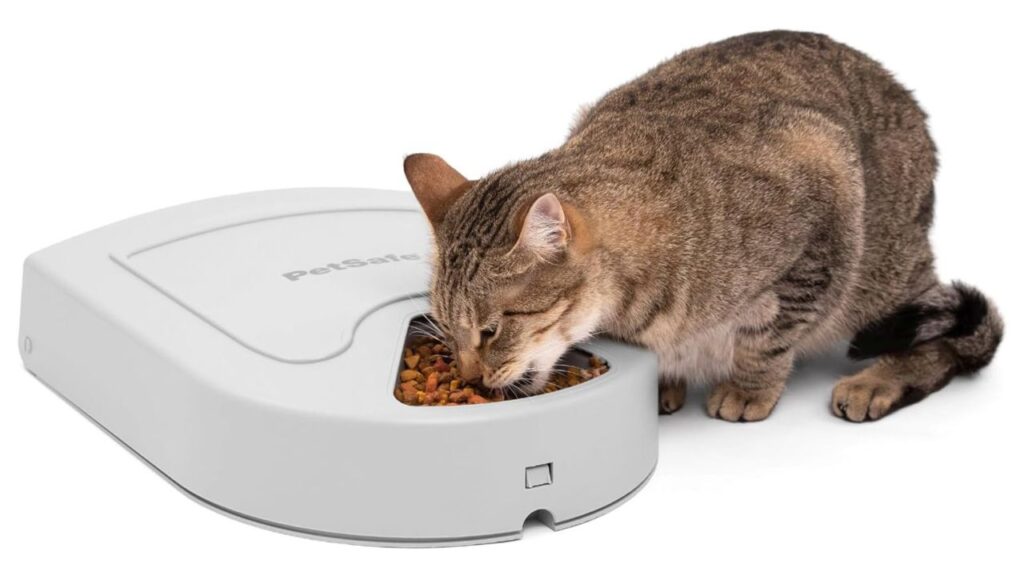
- Assess your cat: Weight, hydration, health issues
Measure portions: Follow AAFCO guidelines, broken across meals.
Maintain freshness: Clean feeders daily—wet feeders more often
Monitor intake: Ensure cat is eating and hydrated
Backup plan: Manual feeding for holidays or power outage.
When to Avoid Auto Feeders
- If cat free-feeds dry without weight control.
- For wet food, if feeder lacks proper cooling and hygiene
Expert & Owner Insights
Vets caution relying solely on auto-feeders—technical failures can cause skipped meals
Owners say: dry feeders “keep bowl full” but risk overeating
Best practice: mix automated dry with manual or refrigerated wet feedings.
Sample Feeding Scenarios
Busy Workday:
Dry auto feeder: 4 scheduled meals.
Midday manual wet meal or refrigerated lid feeder.
Single Caretaker Vacation:
Refrigerated wet feeder for two days + dry auto feeder scheduled.
Health Needs (e.g. UTI):
Wet auto feeder for hydration + dry auto feeder for portioning with vet guidance.
Summary of Recommendations
Dry food is best for conventional feeders—convenient, but watch portions.
Wet food needs specialized feeders—hydrating and highly palatable but requires cooling.
Balanced dairy often means combining both, using one or more feeder types with vet advice.
Final Verdict
Your choice should align with your cat’s health, your routine, and reliability of the feeder setup:
Prefer dry? Choose portion-controlled feeders with schedules and portion tracking.
Prefer wet? Opt for cooled feeders or manual supplement feeding.
Mixed feeding often offers optimal health—with the right tools and supervision.

